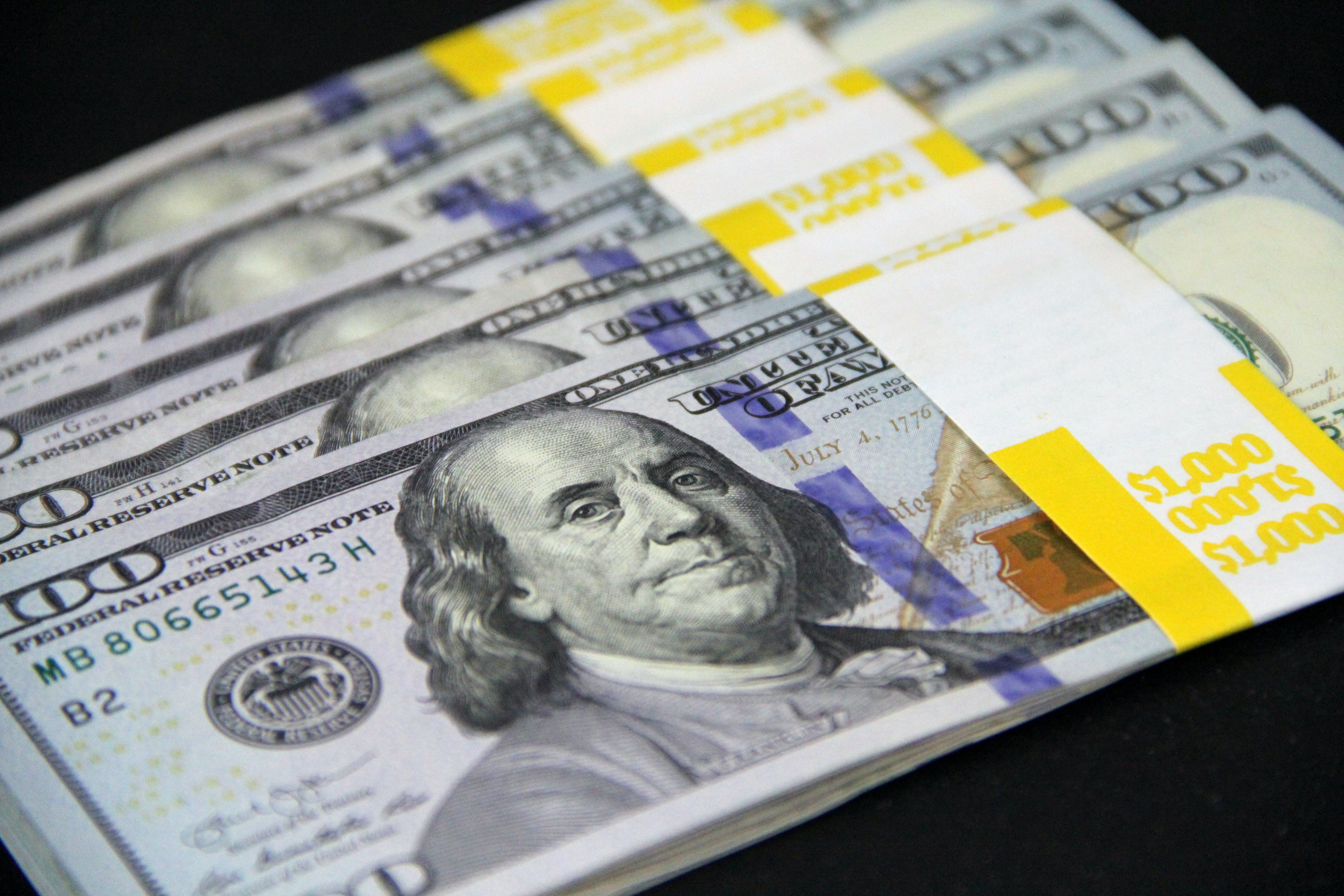Impact of Ruble to USD Exchange Rate: Market Performance, Sanctions, and Forecasting
GPT_Global - 2025-10-28 12:00:43.0 87
What is the best time to convert Rubles to USD for a better exchange rate?
Timing plays a crucial role when converting Rubles (RUB) to US Dollars (USD), especially for those involved in remittance or international transfers. Exchange rates fluctuate daily due to factors such as global oil prices, inflation rates, and geopolitical events. Monitoring these trends can help you determine the best time to make your currency conversion and maximize the value of your money. Typically, the Ruble tends to weaken during times of political uncertainty or economic sanctions, making it advantageous to convert Rubles to USD before significant volatility occurs. Conversely, if the Russian economy shows signs of recovery or oil prices rise, the Ruble may strengthen, providing a better exchange rate for conversions at that time. For remittance businesses and individuals, using online exchange rate tracking tools and setting alerts can help you act quickly when the rate is most favorable. Partnering with a trusted remittance service that offers real-time rates and low transaction fees ensures that you get the most out of your currency exchange and remittance transfers.What are the main risks associated with holding Rubles when compared to USD?
When it comes to holding Rubles, especially in comparison to the US Dollar (USD), there are several risks that remittance businesses and individuals should be aware of. The Ruble, while essential for transactions in Russia, has a history of being volatile, and its value can fluctuate significantly based on political and economic conditions. This creates uncertainty for those relying on it for cross-border transfers.
One of the primary risks of holding Rubles is inflation, which can erode its purchasing power quickly. The Russian economy has faced inflationary pressures in the past, leading to a loss in the Ruble's value against the USD. For remittance businesses, this can mean losses when exchanging Rubles to other currencies for clients.
Additionally, political instability and sanctions can negatively impact the Ruble's value. Economic sanctions, particularly those imposed by Western nations, can restrict access to international financial systems, making it harder to convert Rubles into other currencies. In contrast, the US Dollar remains a stable global reserve currency, offering a safer store of value.
For remittance businesses, understanding these risks is crucial for managing currency exposure and providing clients with secure and reliable services when transferring money internationally.
How does the value of the USD influence the global demand for the Ruble?
Understanding how the value of the USD influences the global demand for the Ruble is crucial for businesses in the remittance industry. The US dollar (USD) plays a dominant role in international trade and finance, meaning fluctuations in its value can have significant effects on currencies worldwide, including the Russian Ruble.
When the USD strengthens, the Ruble typically weakens, making Russian exports more affordable for foreign buyers. This can lead to an increased demand for the Ruble in global markets. Conversely, if the USD weakens, Russian products and services become more expensive internationally, which may reduce demand for the Ruble.
For the remittance business, these fluctuations are critical. Migrants sending money from USD-dominant countries to Russia might see changes in the exchange rates, affecting how much money the recipient receives. A stronger USD can provide more Rubles per dollar, benefiting recipients in Russia, while a weaker USD can have the opposite effect.
Thus, remittance businesses must closely monitor the USD-Ruble exchange rate to offer competitive services and provide accurate advice to clients. Staying informed on global currency trends helps remittance companies navigate fluctuations and provide better value to their customers.
Are there any prediction models to forecast the exchange rate of 1 Ruble to USD?
In the remittance business, understanding currency exchange rates is crucial for both businesses and their customers. One of the most commonly discussed exchange rates is the Ruble (RUB) to USD conversion. Predicting fluctuations in the exchange rate of 1 Ruble to USD is essential for managing risks and optimizing cross-border transactions.
Several prediction models are employed to forecast the RUB to USD exchange rate. Machine learning algorithms, such as decision trees, support vector machines, and neural networks, analyze historical data and economic indicators to generate accurate forecasts. These models often take into account factors like interest rates, inflation, geopolitical events, and market sentiment.
Another widely used method involves time-series analysis, which examines past exchange rate trends and seasonal patterns to predict future movements. Econometric models also consider macroeconomic factors and policy changes to make reliable predictions.
For businesses in the remittance sector, utilizing these prediction models can help mitigate the impact of sudden fluctuations in the RUB to USD exchange rate, ultimately leading to more efficient and cost-effective money transfers for customers.
About Panda Remit
Panda Remit is committed to providing global users with more convenient, safe, reliable, and affordable online cross-border remittance services。
International remittance services from more than 30 countries/regions around the world are now available: including Japan, Hong Kong, Europe, the United States, Australia, and other markets, and are recognized and trusted by millions of users around the world.
Visit Panda Remit Official Website or Download PandaRemit App, to learn more about remittance info.



